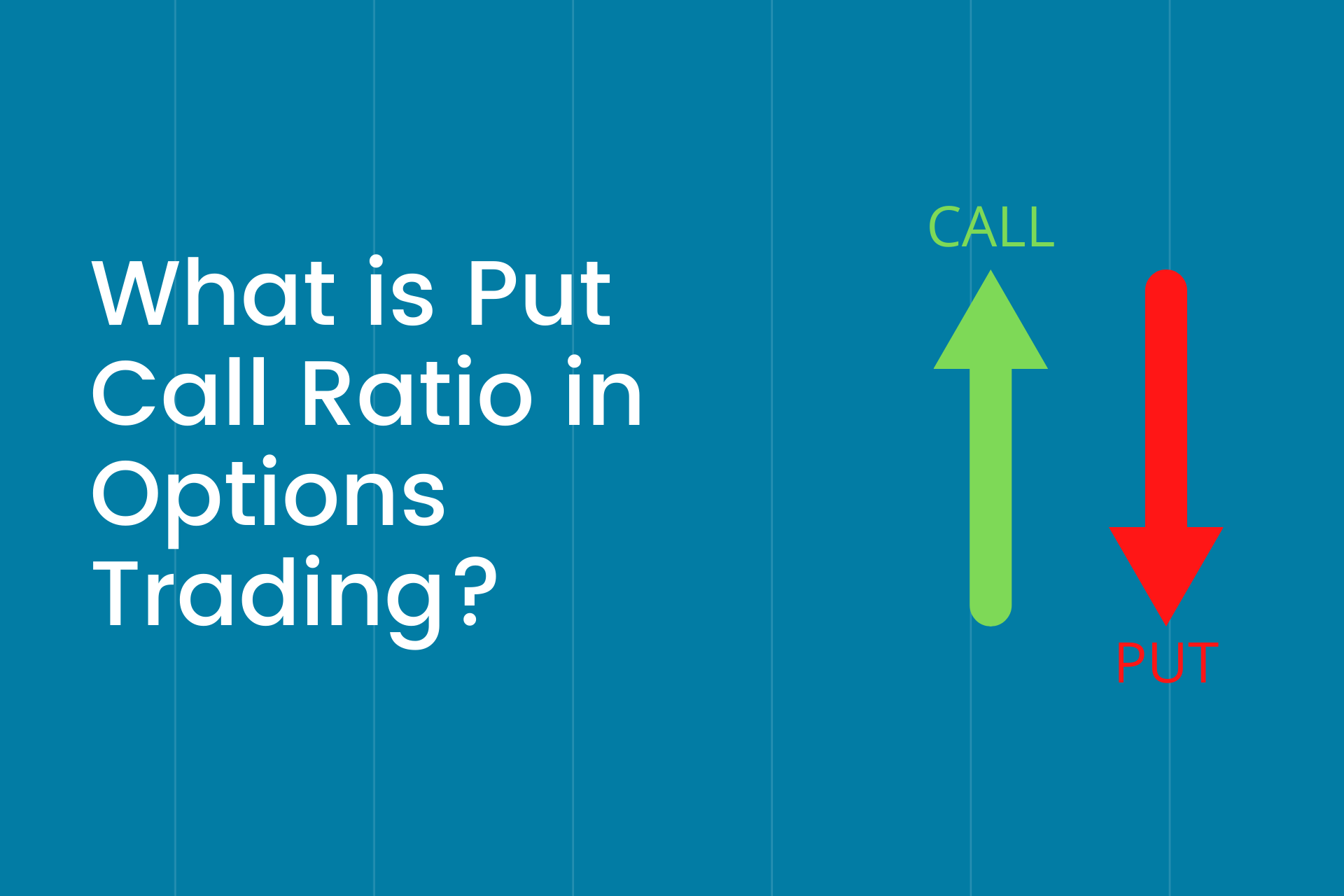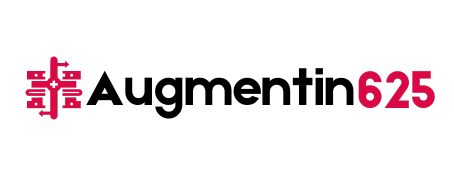
If you are about to open a trading account and are keen on derivative trading, you should learn what stock options are and what stock futures are. Within options, you must understand how call and put options work because they form the foundation of this segment of the market.
How Does A Call Option Work?
If you have a call option, you have the right but not the obligation to buy the underlying what are stock futures at a predetermined price (also known as strike price) before the expiry date. But, why would you like to buy a call option?
Let us understand with the help of an example. Suppose you notice that a stock X is currently trading at ₹100. You think its price is certainly going to increase. You also notice that a call option is available that gives its holder the right to buy X at the price of ₹120 before December 31 by paying a premium of ₹8.
Premium is the amount of money you have to pay to the seller of a call option to buy it. Suppose you buy this option. On December 29, let us say that X is trading at ₹130. You can buy it at ₹120 (the call option’s strike price) and sell it at ₹130 (the current price of X).
The difference between ₹130 and ₹120 is ₹10. However, as you had paid ₹8 to buy the call option, your profit is ₹2.
Now, suppose the price of X does not go beyond ₹115 before its expiry date. In this case, you will not exercise the option because the strike price of ₹120 is more than ₹115. However, you will incur a loss of ₹8, which is the premium you had paid to buy the call option.
You buy a call option when you think that a security’s price is likely to increase. However, you sell a call option when you think that a security’s price is likely to fall. The expectations of a buyer and seller of a call option are opposite of each other.
How Does A Put Option Work?
If you have a call put option, you have the right but not the obligation to sell the underlying stock at a predetermined price (strike price) before the expiry date. Let us understand when you should buy a put option with the help of an example.
Suppose a stock Y is currently trading at ₹200. You think its price is certainly going to fall. You notice that a put option is available that gives its holder a right to sell Y at the price of ₹190 before December 31 by paying a premium of ₹7.
You buy this option because you think that the price of Y is likely to fall below ₹190. On December 28, the price of Y fell to ₹175. Hence, you exercise the put option by selling Y at ₹190. To sell it, you need to buy it. So, you buy it at ₹175 (prevailing market price) and then sell it at ₹190. Your net profit is ₹8 (₹190 - ₹175 - ₹7).
You buy a put option when you expect a security’s price to fall. On the other hand, you sell a put option when you expect a security’s price to rise.
Who Should Trade In Call And Put Options?
To trade in call and put options, you need to understand how these contracts work, which is not difficult. Apart from that, you need to have the skill and experience to predict how a stock’s price is going to behave before the expiry date of an option.
For that, you need to have a solid understanding of the technicals and fundamentals of the stock market. Besides, you should also be good with numbers.
While you will not have to calculate your profit or loss on an option yourself because a trader’s system will do it for you, you still need to have a thorough understanding of how such numbers are calculated.
Hence, if you have just begun to trade, you should first learn about futures and options and start trading in them only when you have a firm understanding of such contracts.

0 Comments
Post Comment